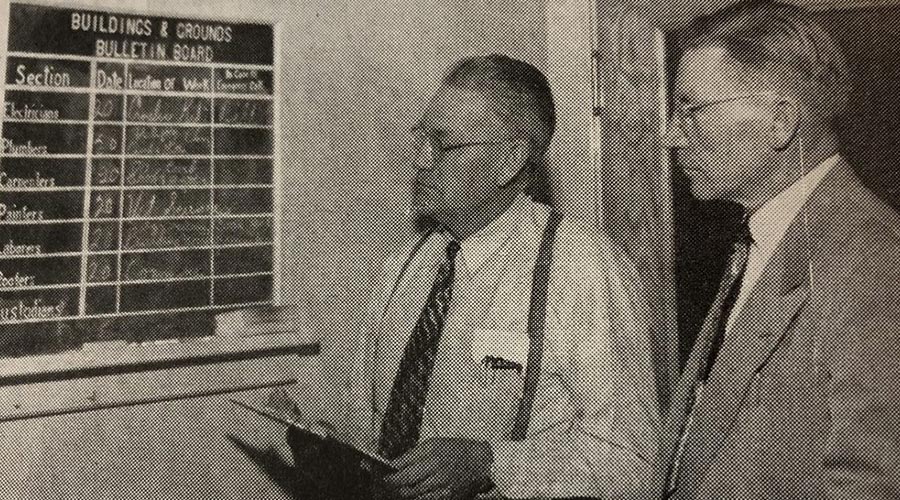Architects And Product Specs: Know What You Like, Get What You Want
When you're working on a new construction project, where do the specifications for building products come from? Conventional wisdom is that you let the architect design the building and write the companion spec, then you just check it over for any red flags.
"Yes, the architect is supposed to be the expert," says David Peterson, assistant superintendent of the Scottsdale Unified School District. "But we're the customers. So they have to listen to what we want."
Peterson says that for his school district, the architect will usually develop a boilerplate specification based on their experience and products they've used in the past, and then Peterson and his facilities team will mark it up. "We'll tell them which products we do and don't want," he says.
Figuring out which products work and which don't is an iterative process veteran facility executives have worked their entire careers to hone. It's a matter of determining which criteria are important and then which products meet those criteria.
Beyond cost and performance, which are almost always at the top of the priority scale, criteria include everything from a good relationship with a manufacturer's rep to a glowing review from another facility executive to an architect's recommendation.
John Balzer, vice president of facility planning and development at Froedtert Hospital, has spent years developing his standard specification Ñ an actual binder of product information he says he reviews every eight years for existing-building products like paint and flooring, and on a project-by-project basis for new construction projects.
"We have at least three favorites for every building item," he says. "We still want to be able to leverage competition, so we'll tell the architect that these three products are acceptable, right down to the manufacturer and model number."
Balzer says the key drivers to his product specification standards are consultations with his facility maintenance group, how products fit into the aesthetics and image of the hospital, and suggestions from architects.
Similar to Peterson, for new construction projects, Balzer says he'll send an architect his specification book and see if the architect has any recommendations on how best to use the product or if a similar product may be a bit less expensive. Still, Balzer says, he and his staff have the final say.
So it's very important to be well-informed. "We as facility folks have to do our homework," says Peterson. "At the end of a job, the architect or engineer go away, so we have to be happy with what's in our buildings. We need to ask questions. Sometimes architects get miffed by questions, but it's completely necessary."
Another place to look for advice is fellow facility executives who have used a particular product. "In our business, we frequently cheat off of one another," says Scott Keith, executive vice president and vice president of operations for the Lansing Entertainment and Public Facilities Authority. "We share what we know works."
Peterson agrees, and even looks for another piece of information from his peers: "I want to know not only if it's working correctly, but if someone is getting a better price than me," he says.
These facility executives say that their process for selecting a replacement big-ticket item, like a roof or an HVAC system, mirrors that of a new construction process. They hire an architect or consultant as the expert, but ultimately, they know what they're comfortable with and what they can live with on or in their buildings for the next 30 years.
"For big investments, we do have an understanding of what worked well in the past, but we temper that with the understanding that technology has evolved," says Balzer. "So we rely on our architect and engineer partners for suggestions."
Keith says that for items expected to last a long time, one strategy is to specify performance requirements. "But we're still loyal to brands that produce exactly what we want and have good durability and performance records," he says. "I like the architect or engineer to make recommendations, but we still all have to agree."
Related Topics:












